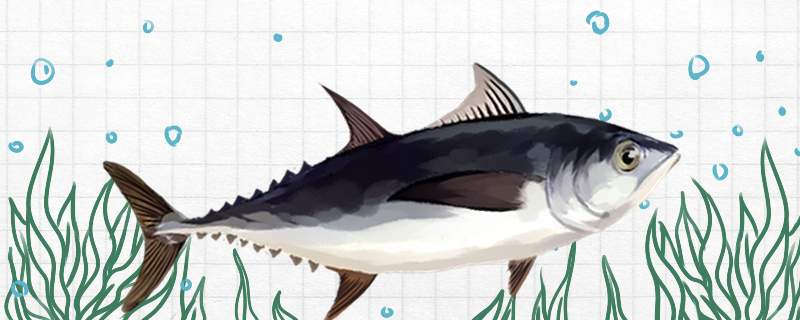
Tuna is a relatively common fish, they can be eaten, and it contains very high nutritional content, nutritional value is relatively high. When eating tuna chunks, some people may find that there are no bones in them, and thus think that the whole tuna is without bones. In fact, most fish have spines, which are equivalent to their skeleton and play a very important role, such as supporting their body and protecting their viscera. Tuna also have thorns, but they have fewer small thorns, so when you eat tuna pieces, you will find that there are no thorns inside.
As mentioned above, tuna, like most fish, has spines. However, tuna only have relatively large main spines, and there are relatively few small spines in their bodies. Some freshwater fish have a lot of small spines in their bodies, which are very troublesome to eat, and they may swallow small spines carelessly. Tuna is different, they are distributed in the sea fish, their body structure to adapt to the surrounding marine environment. Compared with fish living in freshwater environment, fish living in the ocean need to withstand greater external pressure, that is, pressure. Therefore, the skeleton of marine fish is generally larger and thicker, and the small spines are relatively few.